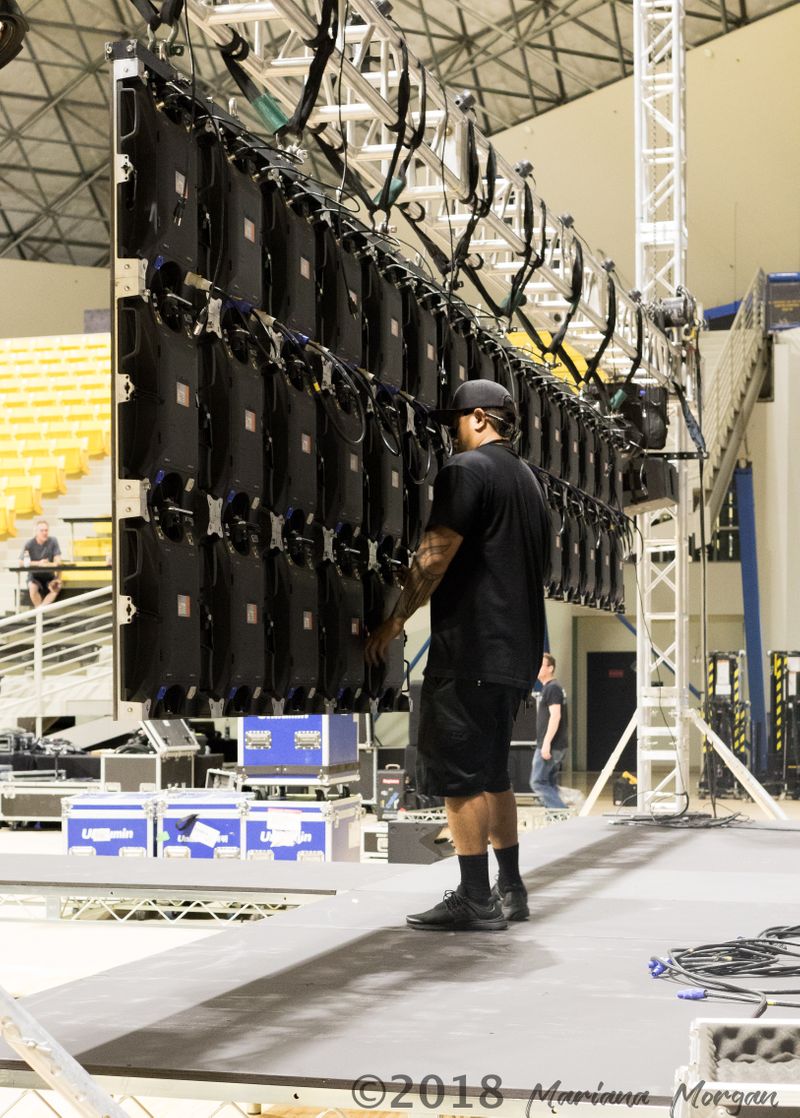Exploring the Wide-ranging Integration Solutions Available for Light Emitting Diode Wall Modules
Exploring the Wide-ranging Integration Solutions Available for Light Emitting Diode Wall Modules
Blog Article
Light Emitting Diode display panels have gained popularity for their ability to deliver high-quality visuals in multiple settings, from corporate environments to event venues. One of the primary aspects of these systems is their connectivity options, which allow users to connect them to different devices and systems. Comprehending the broad input options available for LED wall panels is essential for enhancing their use and effectiveness. This discussion details these features, highlighting how they can cater to various needs and preferences.
One frequent connection method for Light Emitting Diode wall panels is HDMI. High-Definition Multimedia Interface is broadly recognized for delivering crisp video and audio signals between components. This connection type is particularly beneficial in business settings, such as meeting spaces or training rooms, where presentations or video content are often shared. By using digital connectors, users can seamlessly link laptops, projectors, and streaming equipment to LED wall panels, guaranteeing a sharp and vibrant display of media.
Another commonly used connectivity option is Display Port, which is comparable to HDMI but offers additional benefits. Display Port can support higher refresh rates and resolutions, making it an ideal choice for interactive media or design-heavy applications. For those using LED wall panels in settings where output quality is critical, such as competitive gaming venues or creative workspaces, DisplayPort can provide the required visual clarity. Additionally, many modern computers and graphics cards include Display Port connections, making it a practical option for technology-oriented professionals.
In contrast to HDMI and Display Port, cordless transmission methods are becoming progressively prevalent in LED wall panel solutions. Cable-free interfaces allow operators to share content without the requirement for physical cables, enabling a cleaner and more flexible configuration. Platforms such as wireless internet and Bluetooth enable users to connect smartphones, tablets, and laptops seamlessly to Luminescent Diode wall panels without tangled wires. This versatility is especially beneficial in dynamic settings like exhibitions or events, where quick changes to displays are often needed.
For larger deployments or more intricate configurations, LAN integration through Ethernet is another reliable solution. Wired links provide a consistent and robust way to connect multiple LED wall panels within a network. This setup is site here ideal for electronic display use cases found in shopping malls or airports, where multiple panels may need to present coordinated content across a broad area. By using Ethernet cables and network switches, users can guarantee that all linked panels receive uniform data and content seamlessly.
Lastly, it's important to evaluate the evolution of interface technology with advancements such as Universal Serial Bus-C and Thunderbolt Three. These next-generation interfaces offer enhanced data transfer speeds and versatility by allowing one cable to handle both power delivery and data transmission. As more devices adopt these standards, LED wall panels equipped with USB-C ports will likely become more common. This evolution in connectivity not only enhances the functionality of LED wall panels but also aligns with the growing trend of minimalism in technology setups by reducing the number of cables needed.
In conclusion, examining the broad interface methods available for Light Emitting Diode wall panels uncovers many opportunities for operators across multiple industries. From conventional methods like HDMI and DisplayPort to modern cordless technologies and LAN setups, each pathway serves specific functions suited to specific needs. Additionally, emerging technologies like USB-C promise further advancements in how professionals utilize LED wall panels. By understanding these integration alternatives, end-users can make strategic selections that enhance their overall experience read with these versatile display tools.
